I really wish that writers would stop creating lists of “obsolete technology” that is based entirely on what they personally use.
I first responded to one such article almost 9 years ago in which a list in the New York Times, of all places, listed a number of “Gadgets You Can Get Rid Of“. Included on that list were desktop computers, cable TV (depends), point and shoot camera, camcorder, USB thumb drives, and digital music players. Of all of those items, how many are still around? ALL OF THEM! Yes, even digital music players and point & shoot cameras.
And almost 8 years ago I responded to an article called “15 current technologies my newborn son won’t use“. And on that list? Wired home Internet, dedicated cameras and camcorders, desktop computers, remote controls… You get the idea. All stuff that is still around even today.
So since it’s been quite a while since I last tackled something like this, let’s go through a list I found of… 35 “Common Objects That Will Be Completely Useless In Just A Few Years“. Because Paige Steinman thinks that what she doesn’t use won’t be around in a few years while displaying a profound inability to think about contingencies – what will you do when the technology fails? I’ll skip over the ones on which I have no disagreement.
1. Keys
Just like workplaces have chips or use other technology to sign in each day, pretty soon homes will rely on similar functions, whether that be key fobs, fingerprints, or Bluetooth technology.
Yes and no. The issue with digital locks is they don’t work when the power fails or the batteries die. I have a digital lock on my back door. And on the walk-in door to my detached garage. Both have key backups. Because if their power fails, I still need to be able to get into my house.
And if you’re response is “well just keep an eye on the batteries”, imagine you’re gone from home for a week and come back to find the batteries died while you were away, and never gave any warning before you left. Now imagine that lock has no physical key backup and no way to enter the code since… the batteries have died.
2. Parking meters
Many cities have already begun to implement online options for parking meters, where drivers can log onto an app and pay their parking fees right from their cell phones, and that trend is only expected to catch on.
They’ve actually started to accept credit cards. Most paid parking garages and lots now accept credit cards for payment. I don’t expect apps to be the primary way people pay for parking anytime soon. I don’t know of any here in Kansas City that use an app or accept an app.
3. Side View Mirrors
Today, more and more cars come with the option to use cameras that show the driver what is behind them, instead of traditional rear view mirrors. Some predict that car dealers may give the side view mirrors the same treatment, letting drivers use video cameras instead, and helping them avoid those dangerous blind spots.
Vehicles aren’t getting rid of mirrors. Yes a lot of vehicles do include cameras along the sides of the vehicle – they tend to also be more expensive – but they still include the mirrors and will always include mirrors. Since it’s a lot easier to glance at a mirror than a camera display. And you can do that without taking your eyes off the road!
Seriously if you think regulators are going to allow cameras in place of mirrors, you’re sorely mistaken.
4. Passwords
Experts predict that in the next few years, using scans of thumbprints or even our own faces will take the places of passwords. And unlike written passwords, it is pretty hard to forget either of those things.
Yeah… no. And what “experts” are predicting “in the next few years” that passwords will be… gone. It isn’t happening. While biometrics methods of authentication will continue to grow, passwords won’t be completely displaced. Fingerprints can be duplicated – the Mythbusters demonstrated that – and facial recognition can be fooled as well. High security settings will still use passwords as one part of a multi-factor authentication setup.
Plus not all devices allow for biometric entry. Imagine that! I don’t have biometrics on my desktop computer, for example. And not everyone can use biometrics for authentication.
5. Headphones with cords
With the introduction of Airpods, Apple solidified the death of corded headphones once and for all.
Many said the same thing about wired keyboards and mice, yet both continue to persist on the market, and both sell quite well. Because neither require batteries, for one. Same with wired headphones.
Airpods won’t replace my $200 headphones. Airpods won’t replace wired headphones at all. Especially since I can’t use Airpods or anything like that due to problems I have with my ears. And I have wireless headphones that I use at work. I prefer the sound I get from my wired headphones I use at home.
6. Wallets
With new programs like Apple Pay and Apple Wallet, soon enough having a wallet will be unnecessary.
Two things you’re forgetting: forms of identification and insurance. You still need a wallet for both. IDs aren’t going to be phone apps. And while proof of auto insurance is available in phone apps – I have GEICO specifically – health insurance hasn’t gotten there yet.
And I don’t expect government-issued IDs to ever be there.
8. Pennies
In the foreseeable future, those little copper pennies might only be available in our memories.
The only way this would actually happen is if we got rid of coins entirely and printed currency with face values of less than a dollar. There was once a time where that happened, but I don’t expect us to return to that.
10. Cash registers
In a short while, the cash register itself will be added to the list of everyday items that are totally out of date. And anyone who has been to a farmer’s market or boutique lately has probably already noticed.
The cash register has merely assumed a different form. Technically speaking, a cash register is a “point of sale system”. And it started assuming a different form even before the end of the 20th century.
11. Phone Chargers
Yes, folks, she thinks everything is going to be charged wirelessly.
Thank goodness, some tech experts say that phones might soon be self-charging. Although so far no one is exactly sure what that might look like, phones could soon come with the ability to charge just by being connected by WiFi or by other wireless means.
Wireless chargers are way too slow and way too inefficient compared to wired chargers, and they will never be at parity simply due to the physics involved.
Instead the portable chargers are going to become more common than they already are. They’re already everywhere, and it wouldn’t surprise me if a lot of households have several of them.
12. Drivers License
Instead, we are saying that the future might not mean that teens will receive a physical drivers license. Instead, these documents might be available online. And who knows, will self driving cars coming out, we might not need a license at all.
And what happens if your phone dies or you don’t have an Internet connection? This is why wallets and physical cash won’t go away either. Making government-issued identification “available online” only is just asking for trouble in that regard as well. I mean, what if your phone dies and you get pulled over on your way to get it repaired or replaced?
14. Video cameras
With video recording functions on just about every phone, everyone has a built-in camcorder right in their pocket that is not nearly as bulky as an old school video camera.
The camera on your phone is also quite limited in its capability, since it’s locked to one aperture and focal length. Zooming in on your phone is a digital zoom, not an optical zoom – and no, they are not the same.
Until phones start coming with optical zoom capability, dedicated cameras aren’t going away. Plus the sensors in camera phones are smaller than even in point & shoot cameras, meaning low-light capability will never be as good. And there’s also the fact the camera is just another app, meaning other apps could interfere with trying to record a video.
15. Lines
Standing in a never-ending line might be one of the most frustrating experiences. And do not even get us started about those lines that truly never seem to move an inch. But instead of being one of those people who cuts the line, maybe in the future we can cut lines out entirely.
Again this is a case of something merely changing form, not going away. For example, many government offices give you the ability to wait in a virtual line – e.g. the Johnson County, KS, Treasurer’s Office via QLess.
16. Printed Books
The fact that actual physical paper books are becoming less popular should come as no surprise, as bookstores have been closing down at a pretty alarming rate. But pretty soon, we could be in a whole new world where one has to “turn on” a book rather than opening it up. And that’s a pretty scary story.
Which is why we’ll never get there for a lot of different types of books. Reference books being one. I also have the physical copies of several e-books I also own, such as Stunning Digital Photography by Tony & Chelsea Northrup.
Plus printed books don’t require a power source.
17. Paper
There was once a time when thinking about paper as obsolete would have been seen as absolutely ridiculous.
We’re still in that time. We will never be able to completely get rid of paper, and it’s shortsighted to even consider such a possibility given all the ways paper is used today. You might not use it much anymore, but that doesn’t mean it’ll be “completely useless”. Especially since physically writing stuff down is better than typing it in a phone.
18. Digital Cameras
Oh not this again.
We are going to go ahead and guess that it has a lot to do with smartphones, and the fact that now everyone has a surprisingly capable camera prepackaged into their phones. Some of the cameras in smartphones have even surpassed the quality of your average digital camera. So when it comes to digital cameras, take a picture. It will last longer.
Again camera phones have a fixed aperture, so you can’t control depth of focus and the amount of light to the sensor. Software can mimic depth of focus, but it isn’t anywhere near the same as doing that with a physical lens. Digital zoom in a cell phone is not the same as an optical zoom. Plus the smaller sensor means it won’t function nearly as well in low light.
Plus the digital camera has GROWN in popularity in recent years. Photography has become more popular as a hobby, and while a camera phone will get you started, you’ll fast run into its limitations: again, fixed aperture and focal length, and the smaller sensor.
19. Hard Drives
Was anyone even technologically up to date in the early 2000s if they did not have their own personal hard drive to lug around? We think not.
This wasn’t even close to commonplace.
Instead, anyone who wants to back up their information no longer has to carry around a big hunk of metal. Concepts like the Apple Cloud or Google Drive will take care of all of that without any of that heavy hardware as people move forward into a new era of computer memory storage.
So long as you don’t lose your Internet connection. Again that’s the one thing so many seem to forget about the “cloud”: what happens if you lose your Internet connection?
23. Needles
And now her ignorance really shines through. I’m pretty sure she’s likely already been yelled at by doctors and nurses for this.
For years, scientists and other medical professionals have been working on developing an alternative to vaccinations through injections.
Okay she really needs to read about vaccines. I’m not a medical professional or vaccinologist and even I know how wrong this is. A lot of vaccines are intra-muscular: they are injected, via a needle, into muscle tissue. Some vaccines administered are orally or nasally, but those are the exception.
Beyond that, to say that vaccines may be administered via an alternate route doesn’t mean needles are going to be “obsolete”. I hope a few doctors and nurses have metaphorically (or even physically) slapped her silly for this. There is still plenty that will require needles, since it’s the only way to administer via the intravenous pathway.
25. DVDs
How long has the death of physical media been predicted?
With streaming services like the aforementioned Netflix, along with Hulu, Disney+, and HBO Go, DVDs have become obsolete, and overall just unnecessary.
What if you want to watch something that isn’t available through any of the online services? I have quite a bit on my media server that isn’t available anywhere online for free or as part of a subscription service. So I’m not at the mercy of what the online services decide to make available and when they decide to pull it.
And courtesy of it all being on my home network, even for what is available online, I have better video and audio quality compared to online streaming. Plus it doesn’t rely on my Internet connection, so it’s always available. And as I also have the physical copies, I can still watch it even if my server isn’t cooperating.
And the same for CDs.
This also means I can copy those files off onto one of my laptops or a USB drive to take anywhere I may want to watch them.
27. Television Remotes
Many devices like Apple TV and Roku allow for users to download a remote control onto their cell phones using apps.
And universal remotes have existed for quite a long time. Remote controls allow you to control a device remotely. This is yet another case of a new form adopting an existing function, similar to the point of sale system or “cash register”.
28. GPS Devices
People are no longer plugging in a GPS device on long road trips, but instead they are using their phones for Google Maps, Apple Maps, Waze, or other apps. And when it doubt, many cars now come with built in GPS devices.
GPS devices have the benefit of not needing to rely on an Internet connection to determine your location. While they may not be necessary in a lot of places, they are still invaluable devices for those who travel or live in places where a good data signal to a cell phone isn’t available – perish the thought, I know.
30. Check books
That is because people just are not writing checks anymore like they used to. At work, many businesses are utilizing the direct deposit option, erasing the need for checks. Otherwise, sites like PayPal or apps like Venmo have made it so that exchanging money can be done in a way that is much easier and no longer requires anyone whipping out their check books.
Not everyone accepts online or electronic payments.
So while check books have mostly gone the way of the dodo, checks (bank drafts) have not. For example I still use checks periodically, but I have them printed and sent through my banks bill pay service.
31. Long distance charges
It might not be long before long distance calling charges are a thing of the past. More and more often, cell phone carriers are including at least a few minutes of long distance calls to their phone plans.
In the 15 years I’ve been an AT&T customer (the first few years of it with Cingular), I’ve never paid for long distance. If your cell phone plan does not include long distance calling, then change it. Even prepaid cell phones should allow long distance minutes as if they were local minutes.
34. Thumb drives
Again with the cloud!!
So why is something that is so useful and easy finding itself becoming useless? Well, the only thing easier than carrying around data in a pocket is not carrying it around at all. By that we mean that new technology like cloud storage makes it so that thumb drives are no longer necessary.
There’s a simple question: what will you do if you don’t have an Internet connection?
Thumb drives make it stupid easy to carry data with you. This is sometimes necessary for times where you won’t have a (reliable) connection to your cloud storage. Plan for it. Thumb drives are stupid cheap anymore.
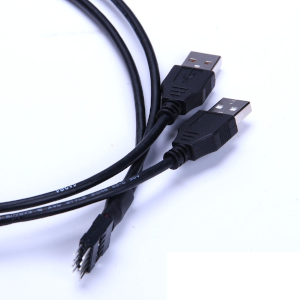


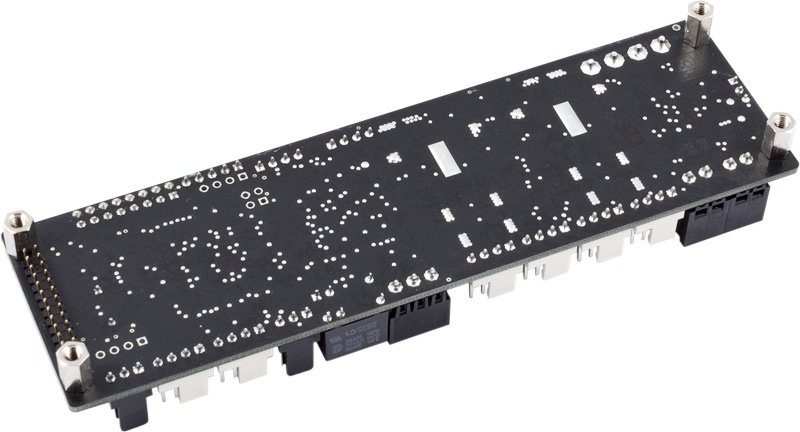

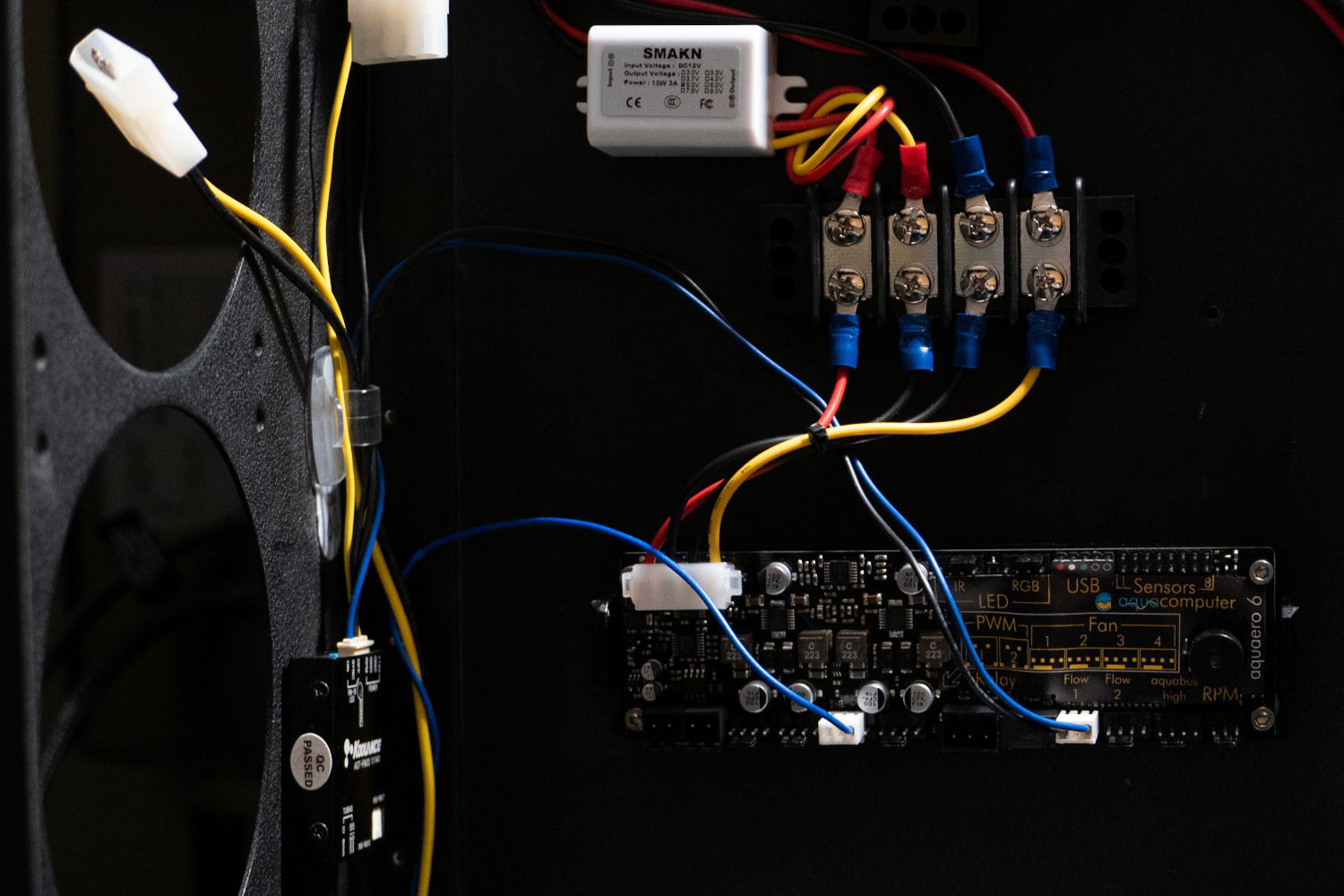



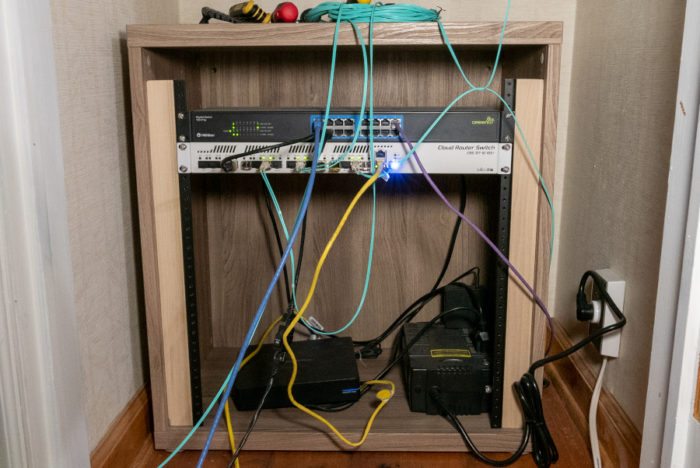




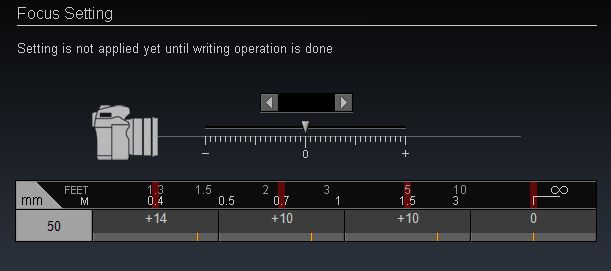
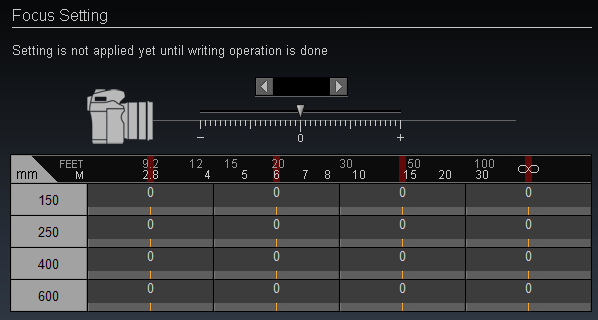
You must be logged in to post a comment.